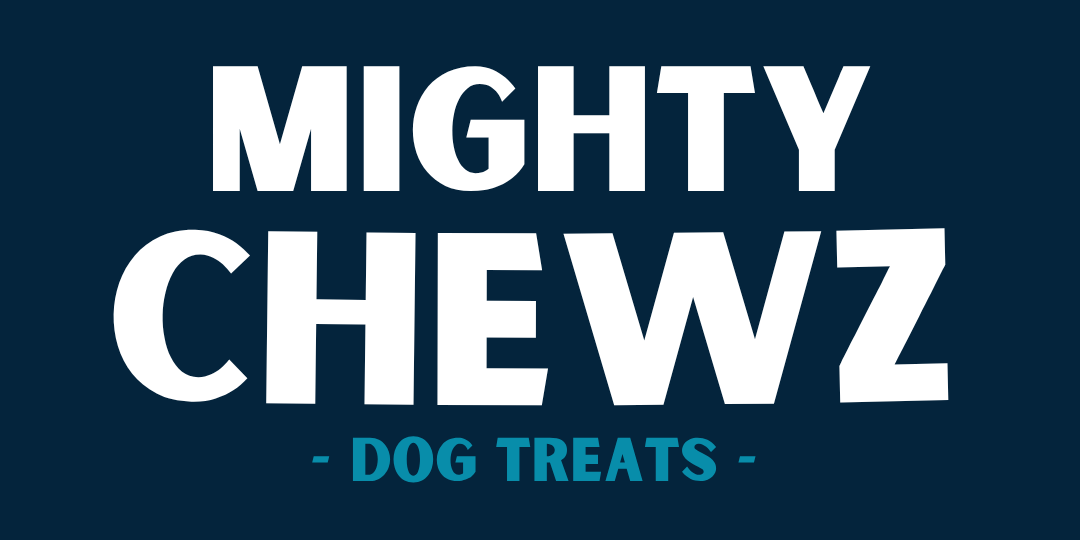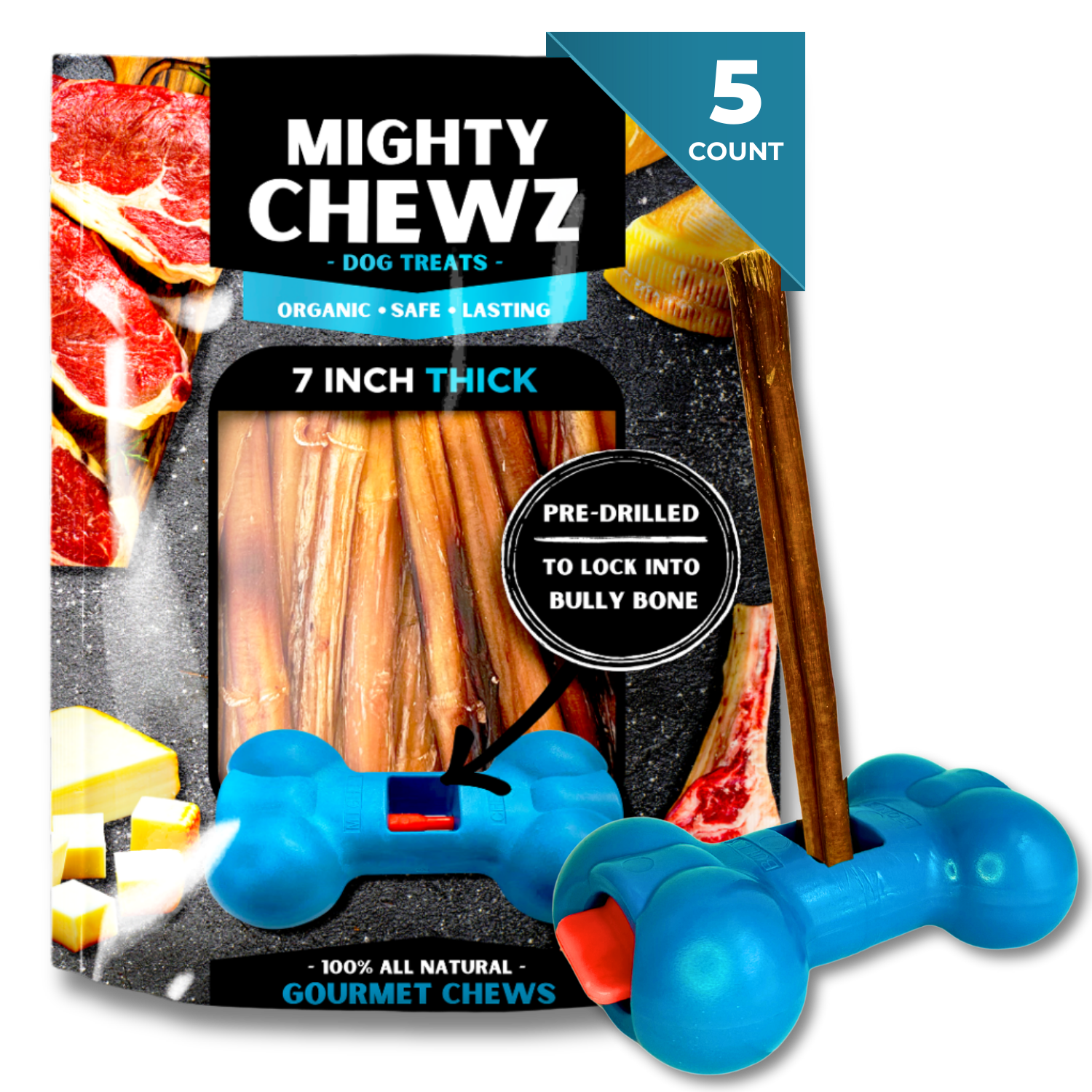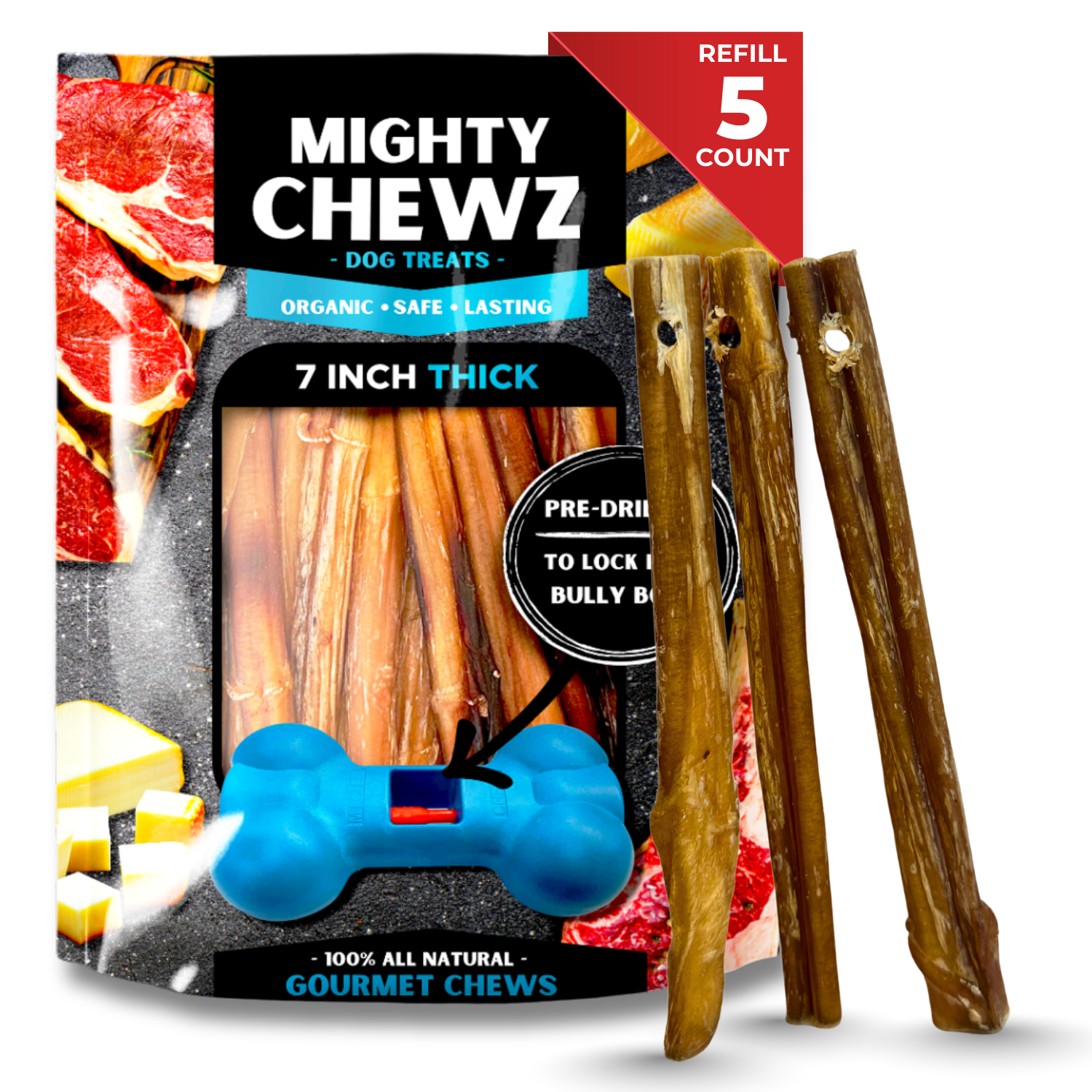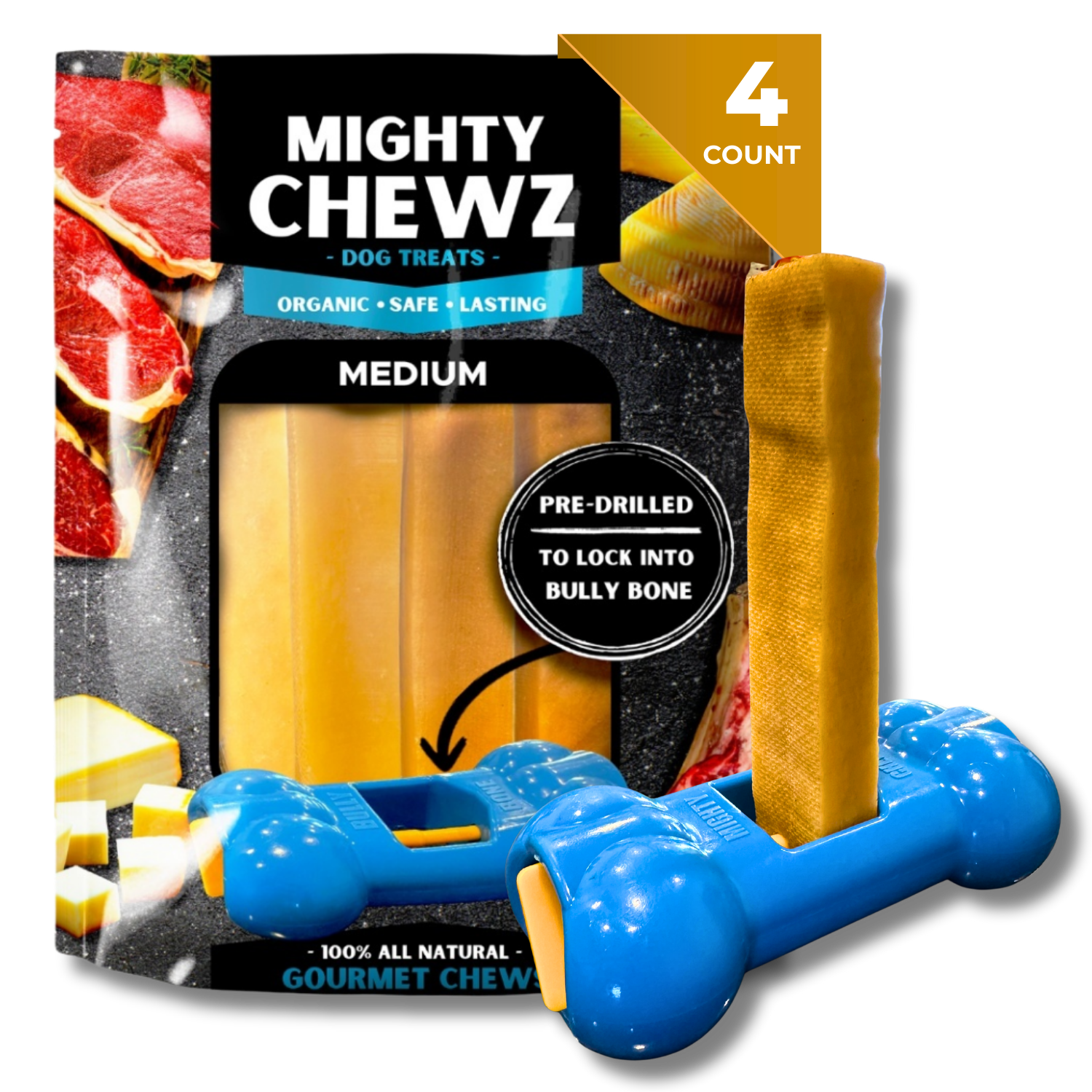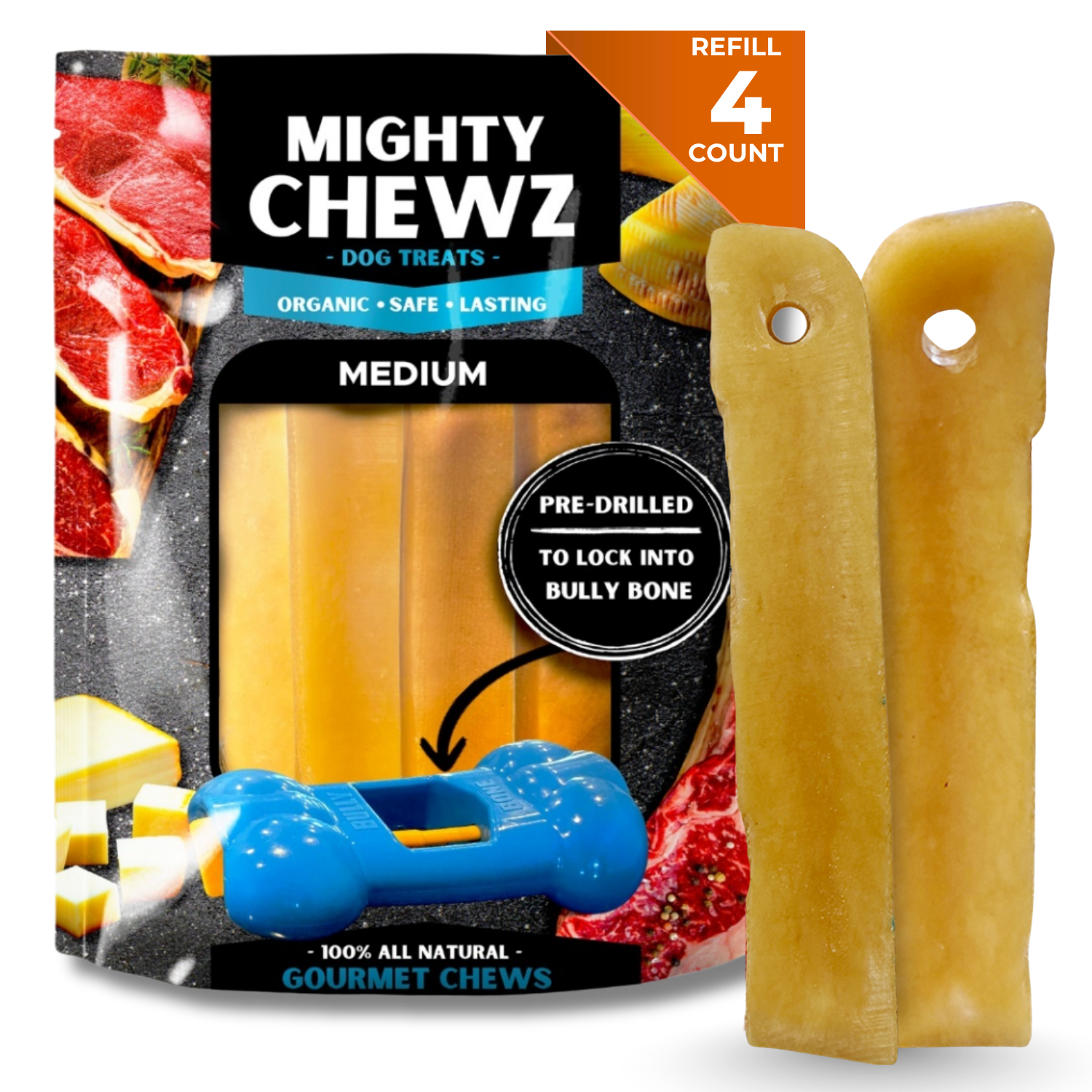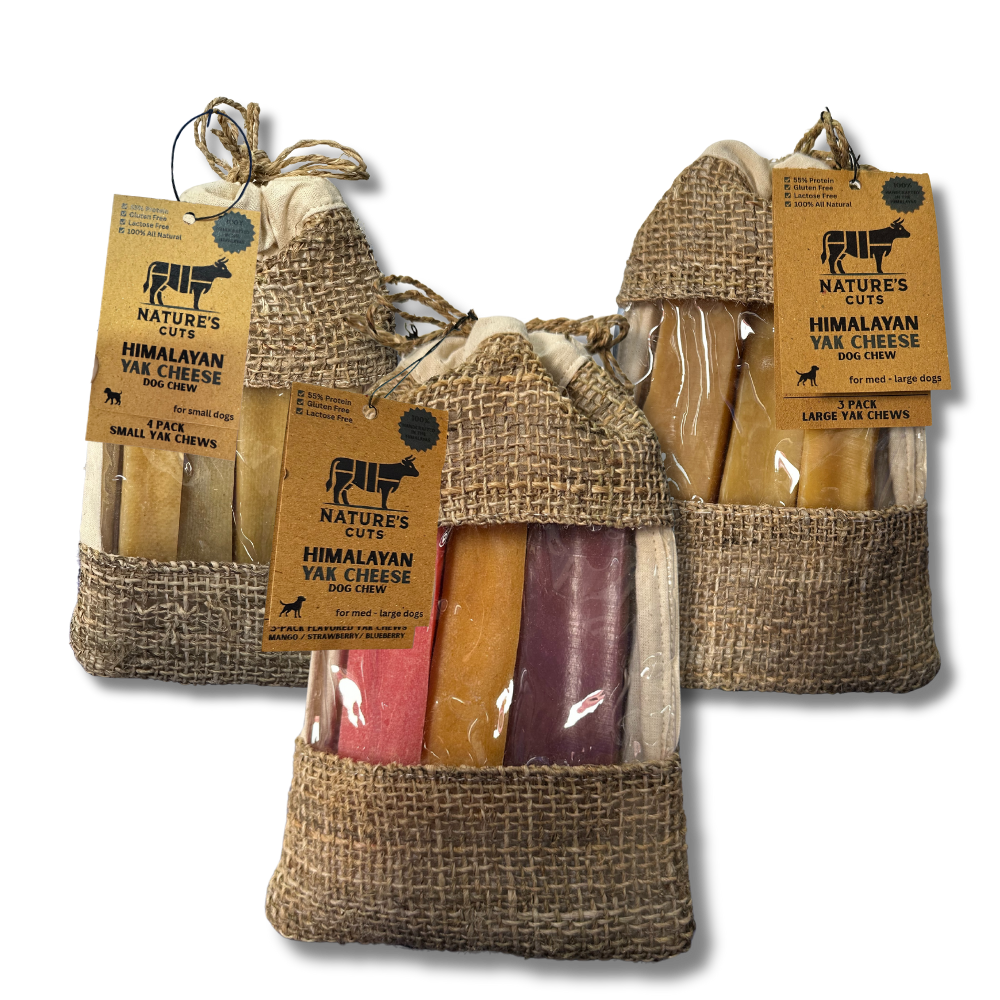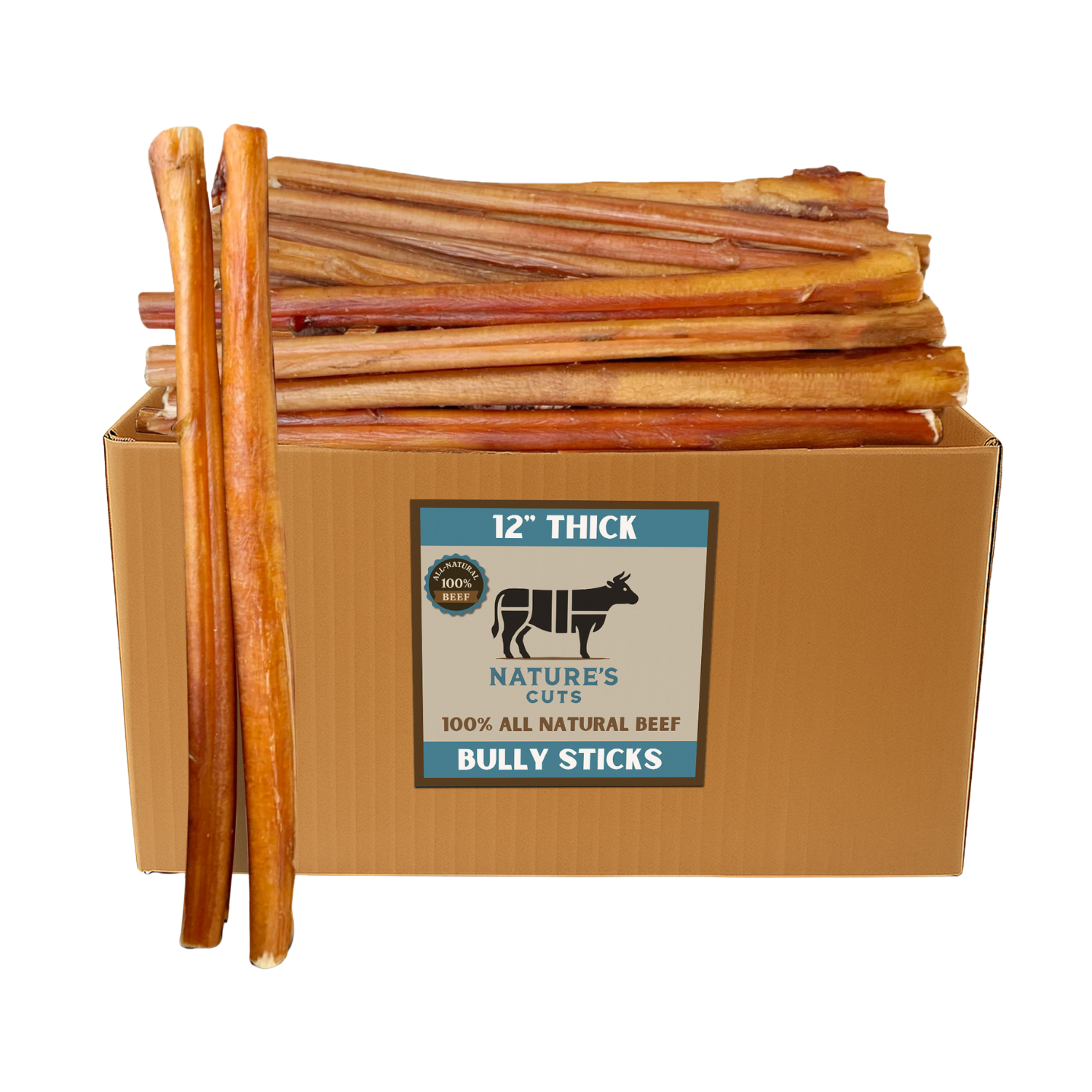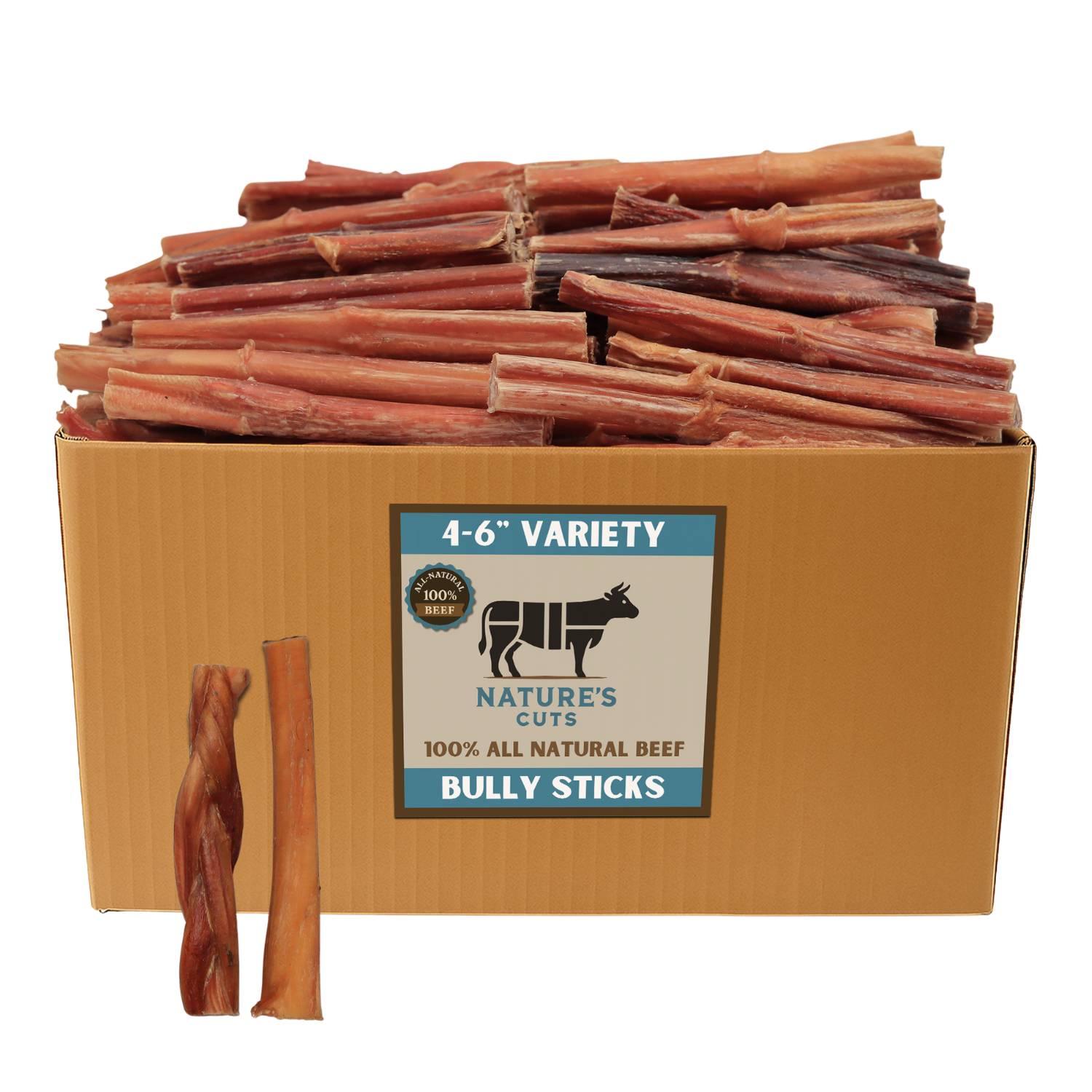
The History of Bully Sticks: From Ancient Origins to Modern Canine Delight
When it comes to dog chews, bully sticks have become a staple treat for many pet owners. But have you ever wondered about the intriguing history behind these flavorful and natural dog chews? In this blog post, we'll embark on a journey through time to uncover the fascinating history of bully sticks, exploring their ancient origins and how they have evolved into a modern canine delight.
1. Ancient Origins: The Traditional Beginnings
The roots of bully sticks can be traced back to ancient civilizations. Historically, they were known as "pizzle sticks" or "pizzles," derived from the term "pizzle," which refers to the penis of a bull. While this might sound unusual, the use of animal by-products for various purposes has a long history in human culture.
In some cultures, the bull's pizzle was a part of the diet, and other parts were used in traditional medicine. The practice of transforming bull pizzles into dog chews likely emerged from the notion of utilizing every part of the animal to minimize waste.
2. Evolution and Processing:
Over time, the method of preparing and processing these bull pizzles for canine consumption evolved. The most crucial transformation was in the drying and smoking process. To make them safer, more palatable, and less pungent, bully sticks are now thoroughly cleaned, dried, and slow-roasted.
This modern processing ensures that the bully sticks you purchase for your dog are not only safer but also more appealing in terms of flavor and odor.
3. Rise in Popularity:
In recent years, bully sticks have surged in popularity as dog owners increasingly seek natural and healthy alternatives to traditional dog treats. The rise can be attributed to their numerous benefits, including dental health, nutrition, and the fact that they provide an extended chewing experience.
4. Safety and Regulation:
Today, reputable manufacturers prioritize safety and quality in the production of bully sticks. They source high-quality beef pizzles, adhere to strict processing standards, and take measures to reduce the risk of contamination.
Moreover, organizations like the FDA (Food and Drug Administration) and USDA (United States Department of Agriculture) have established regulations to ensure the safety of pet products, including dog chews.
5. Modern Varieties:
As the popularity of bully sticks continues to grow, manufacturers now offer a range of options. You can find straight or curly bully sticks, traditional or odor-free varieties, and even flavored versions to cater to different dog preferences and owner sensibilities.
Conclusion:
The history of bully sticks is a testament to how age-old traditions and practices can evolve into modern solutions. From their humble origins as an overlooked by-product to their status as a beloved canine treat, bully sticks have come a long way. Today, they offer a combination of natural goodness, nutrition, and entertainment that makes them a popular choice for dog owners looking to provide their furry friends with a safe and enjoyable chewing experience. The journey from ancient pizzles to modern bully sticks reflects not only the evolution of pet care but also the enduring bond between humans and their four-legged companions.
Share
